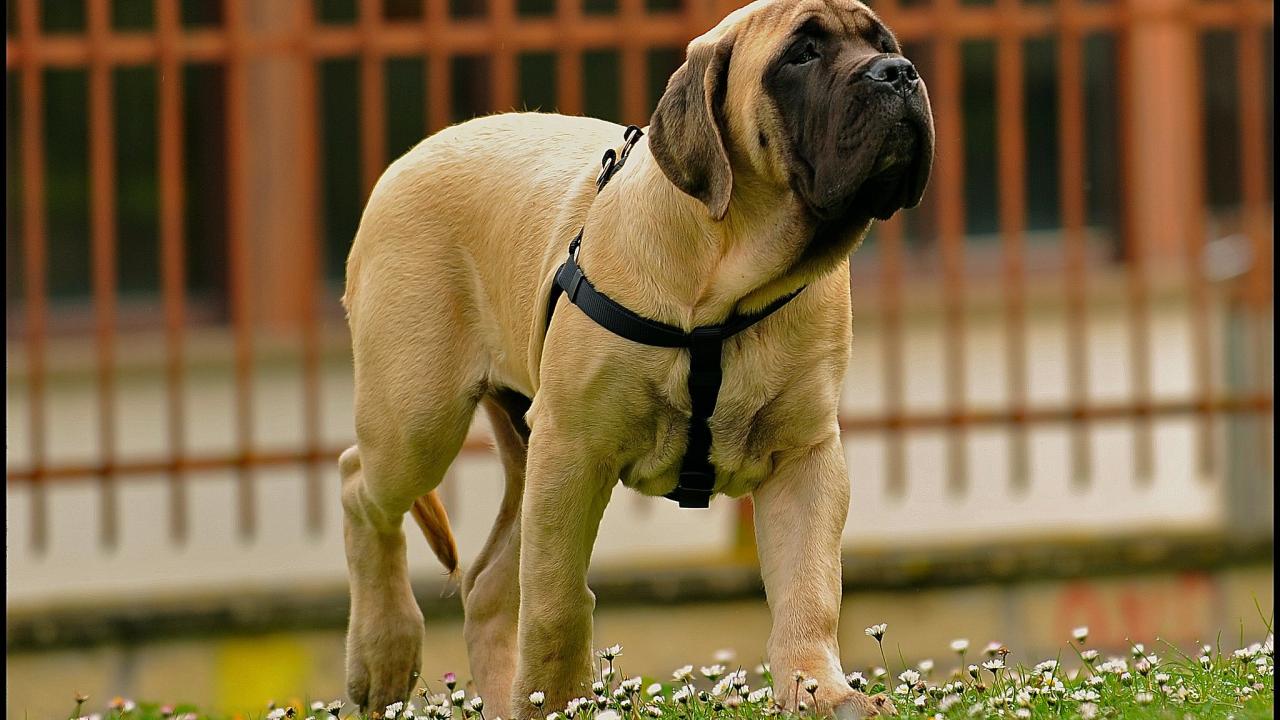Researchers at the University of California, Davis, have updated their guidelines on when to neuter 40 popular dog varieties by breed and sex. Their recent paper in Frontiers in Veterinary Science adds five breeds to a line of research that began in 2013 with a study that suggested that early neutering of golden retrievers puts them at increased risk of joint diseases and certain cancers.
That initial study set off a flurry of debate about the best age to neuter other popular breeds. Professors Lynette and Benjamin Hart of the School of Veterinary Medicine, the study’s lead authors, set out to add more breed studies by examining more than a decade of data from thousands of dogs treated at the UC Davis veterinary hospital. Their goal was to provide owners with more information to make the best decision for their animals.
They specifically looked at the correlation between neutering or spaying a dog before 1 year of age and a dog’s risk of developing certain cancers. These include cancers of the lymph nodes, bones, blood vessels or mast cell tumors for some breeds; and joint disorders such as hip or elbow dysplasia, or cranial cruciate ligament tears. Joint disorders and cancers are of particular interest because neutering removes male and female sex hormones that play key roles in important body processes such as closure of bone growth plates.
For the most recent study, they focused on German short/wirehaired pointer, mastiff, Newfoundland, Rhodesian ridgeback and Siberian husky. Data was collected from the UC Davis veterinary hospital’s records that included more than 200 cases for each of these five breeds weighing more than 20 kg (or 44 pounds), spanning January 2000 through December 2020.
The Harts said their updated guidelines emphasize the importance of personalized decisions regarding the neutering of dogs, considering the dog’s breed, sex and context. A table representing guidelines reflecting the research findings for all 40 breeds that have been studied, including the five new breeds, can be found here.
Health risks different among breeds
“It’s always complicated to consider an alternate paradigm,” said Professor Lynette Hart. “This is a shift from a long-standing model of early spay/neuter practices in the U.S. and much of Europe to neuter by 6 months of age, but important to consider as we see the connections between gonadal hormone withdrawal from early spay/neuter and potential health concerns.”
The study found major differences among these breeds for developing joint disorders and cancers when neutered early. Male and female pointer breeds had elevated joint disorders and increased cancers; male mastiff breeds had increased cranial cruciate ligament tears and lymphoma; female Newfoundland breeds had heightened risks for joint disorders; female Ridgeback breeds had heightened risks for mast cell tumors with very early neutering; and Siberian huskies showed no significant effects on joint disorders or cancers.
“We’re invested in making contributions to people’s relationship with their animals,” said Benjamin Hart, distinguished professor emeritus. “This guidance provides information and options for veterinarians to give pet owners, who should have the final decision-making role for the health and well-being of their animal.”
Their combined research studies will soon be available with others in the open access journal, Frontiers of Veterinary Science, as a free e-book, Effective Options Regarding Spay or Neuter of Dogs.
Other researchers on this UC Davis study include: Abigail Thigpen, Maya Lee, Miya Babchuk, Jenna Lee, Megan Ho, Sara Clarkson and Juliann Chou with the School of Veterinary Medicine; and Neil Willits with the Department of Statistics.
The research received a small amount of funding from the Center for Companion Animal Health, but was primarily conducted by the above authors as volunteers.
Media Resources
Media Contacts:
- Lynette Hart, School of Veterinary Medicine, lahart@ucdavis.edu
- Trina Wood, School of Veterinary Medicine, tjwood@ucdavis.edu
- Amy Quinton, News and Media Relations, amquinton@ucdavis.edu
